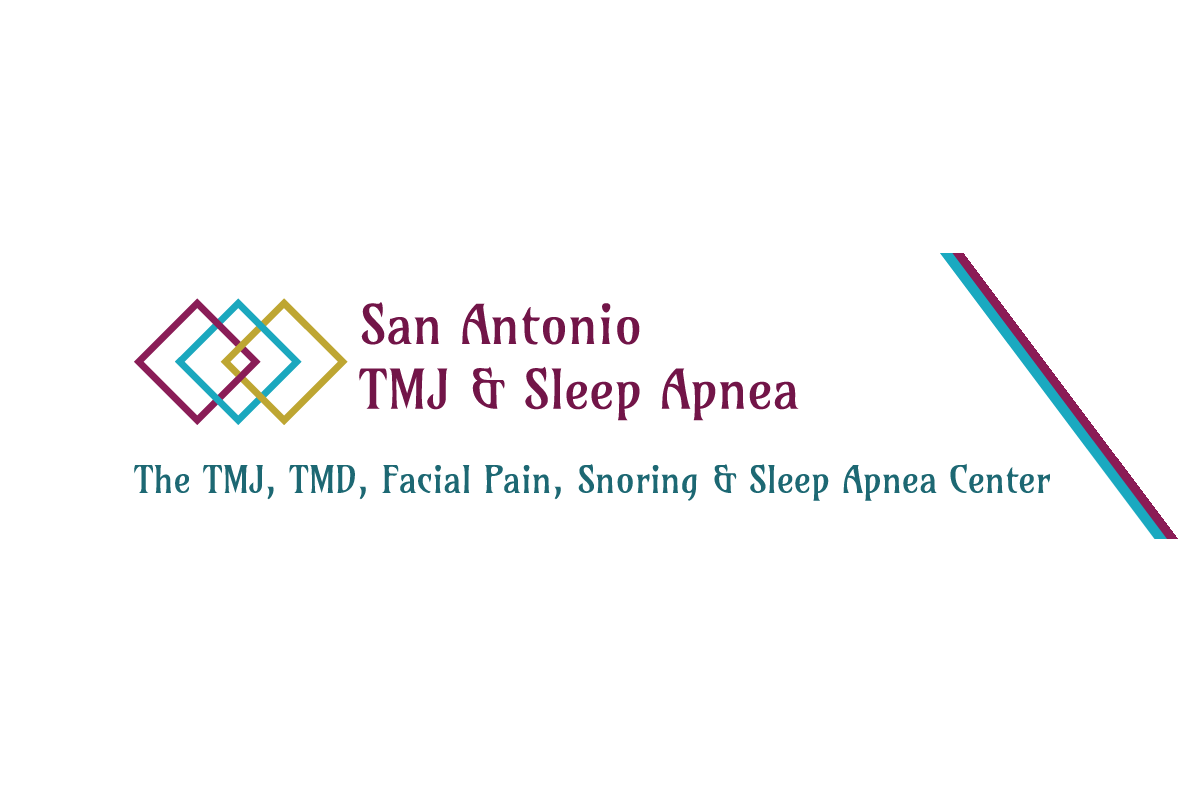404 Error Page
Your requested page was not found.
We are sorry you have encountered this error page. One of the following reasons may have directed you here:
- The requested page, form, or image may have been moved, deleted, or renamed. Visit our Site Map for a directory of all pages on our website or email our webmaster with details.
- Check your spelling of the web page URL.
- You may have an out-of-date bookmark/favorite. Edit and re-save your bookmark.
- This site could have a broken internal link that has not been noticed yet.
- You may have encountered an incorrect search engine link. email our webmaster with details.
- We may have an internal error. email our webmaster with details so we can correct the error.
- Or, you can also return to our home page by clicking here, select one of the pages from our menu above, or click your browser's back button to return to the previous page.
We hope you'll stick around and check out the rest of our website.
